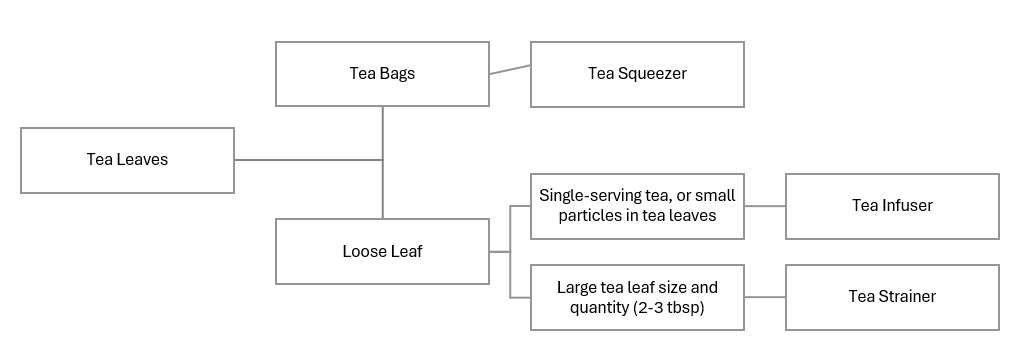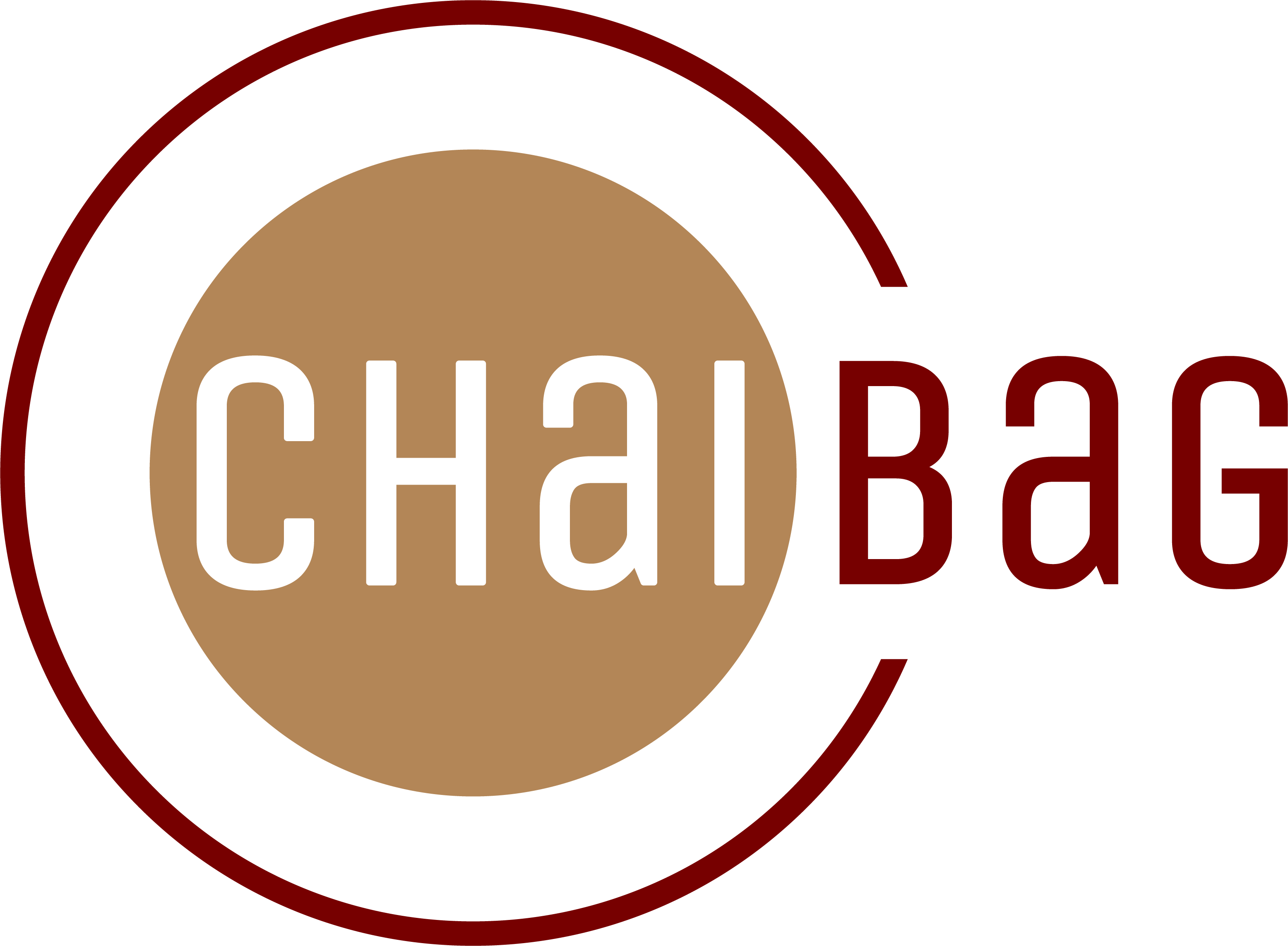Tea making is a process. From the temperature of the water to the size of the tea leaves, each cup of tea is usually an intricate result of various tea-brewing configurations. Tea making is a process. From the temperature of the water to the size of the tea leaves, each cup of tea is usually an intricate result of various tea-brewing configurations. One of these is the tool used to steep and infuse the tea leaves. In the top three most commonly used tools, we have the tea infuser, tea squeezer, and the tea strainer.
Each of these have a different design, and can fulfil your tea-making requirements based on the type and quantity of tea you're using. In this blog, we'll summarize when to use each of these tools.
For Loose Leaf Tea: Infusers and Strainers
Tea infusers and strainers are for loose leaf tea. You might be familiar with strainers - like most strainers, a tea strainer consists of a metal mesh through which a tea infusion can be poured. Such a tea infusion would contain hot (or cold water, in the case of a cold brew tea) and suspended loose tea leaves. The mesh of the strainer is just fine enough that when the infusion is poured onto it, the tea leaves are caught, but the water flows through. Tea strainers are usually smaller than regular strainers - roughly the size of the mouth of a regular tea-cup.
In contrast, a tea infuser is essentially like a 'metal teabag.' An infuser will usually take the form of a spherical or cylindrical metal mesh that can be opened and filled with loose tea leaves. The mesh-container is submerged in hot or boiling water so that the tea infuses into the liquid, without tea leaves escaping the mesh. There's a variety of shapes that infusers come in - tea balls, basket infusers, to being built-in teapots. To read more on the types of tea-infusers and how to use them, see our blog here.
Summarizing the Differences
So, while a tea strainer is used after the tea has been brewed or boiled with the loose tea to separate the leaves, a tea squeezer is used to infuse and brew tea into one singular cup.
In general, this distinction makes tea strainers ideal for larger amounts of tea that need to be strained into multiple cups for serving. Strainers also usually have a larger mesh than infusers, allowing small tea-dust particles or tiny tea leaves to pass through. This makes strainers slightly unideal for smaller tea leaves or tea that contains small particles. Infusers, thanks to their small-size and fine mesh, are perfect for any type of tea leaves (small or large) and for single servings of tea.
For Teabags: Squeezers

Teabag Squeezers are, well, for teabags. Squeezers come in the form of perforated metal tongs, that can be dipped into a saucepan or cup of water to squeeze a teabag.
For a while now, it's been thought that loose leaf tea is more flavorful and intense than tea bags. This is due to a variety of reasons - loose leaf tea has more space to expand in water, allowing it to infuse better and more effectively than cramped leaves in a tea bag. The quantity of loose leaf tea can also be controlled, allowing one to create a stronger brew than the standard tea-bag quantity.
However, teabag squeezers take care of most of these concerns. Teabags can be squeezed depending on the desired strength of the brew - more squeezes resulting in a highly intense (if not bitter) brew. They also 'force' the tea leaves to expand by squeezing them together.
Due to this, teabag squeezers offer something entirely unique over loose leaf tea - by allowing you to extract every last drop of flavor from the tea leaves, they can speed up the tea brewing process. The same can't be done with loose leaf tea (since squeezing every tea leaf isn't very ideal). Also, a squeezer means no more burnt fingertips when trying to take out the teabag!
Here's an easy flowchart to help you decide which tea tool to use, based on your tea requirements:


